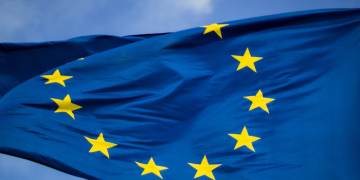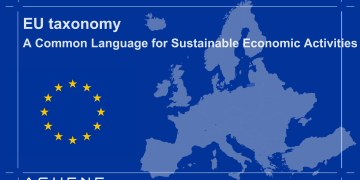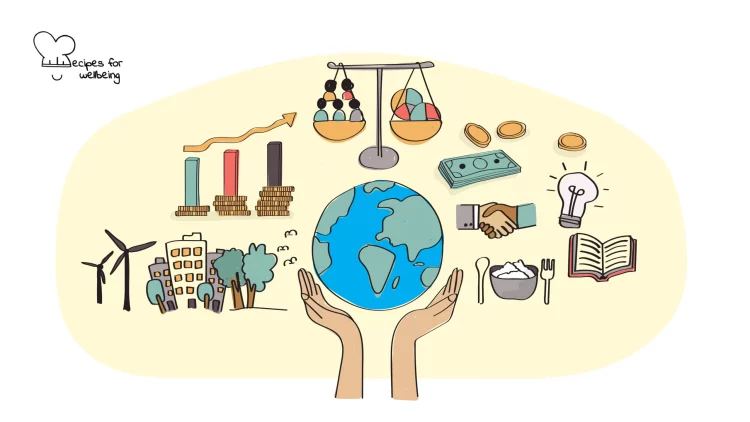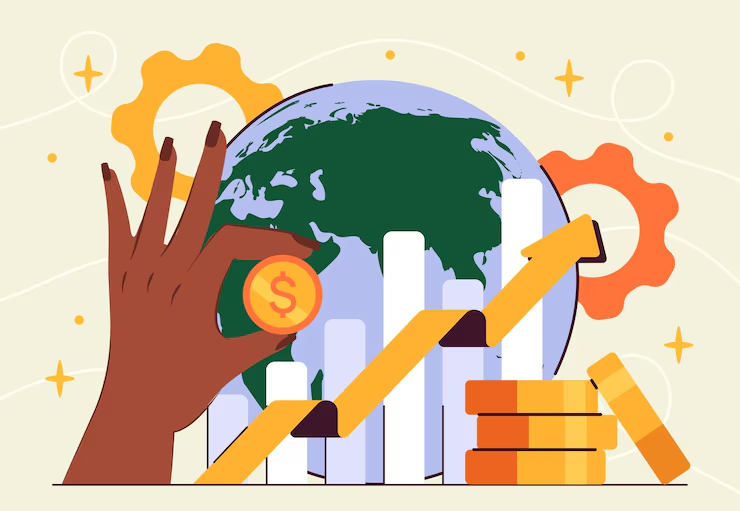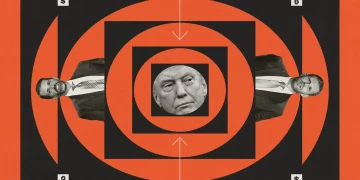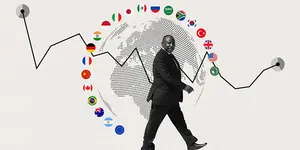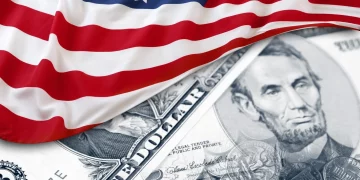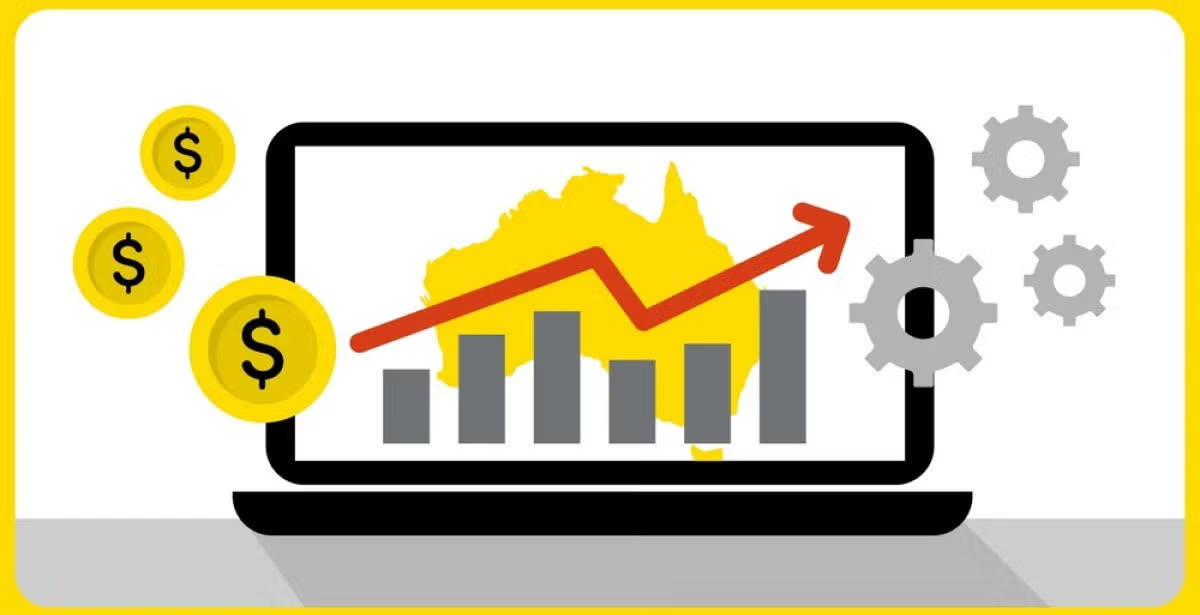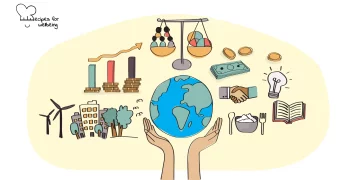De-Dollarization, Global Competition, and America’s Monetary Power**
Introduction
For nearly eight decades, the United States dollar has served as the central pillar of the international financial system. Since the end of World War II, no currency has rivaled its dominance in global trade, sovereign reserves, cross-border investment, international borrowing, or the architecture of global payment networks. The dollar’s supremacy was not merely a product of American economic might but also of political stability, deep and liquid capital markets, trust in the Federal Reserve, and the institutional strength of U.S. financial governance.
Yet the last decade—especially after 2020—has introduced a new era of questioning. A growing chorus of policymakers, economists, and geopolitical strategists have begun to argue that the global system may be entering a slow but structural process of de-dollarization. From the rise of China’s renminbi-based payment networks, to the growing use of regional currencies in South-South trade, to the accelerating digitization of money, the U.S. dollar faces new pressures unseen since the beginning of the Bretton Woods era.
The real question is: Are these developments simply cyclical fluctuations around an overwhelmingly dominant currency, or do they represent the beginning of a long-term challenge to American monetary hegemony? And if the world is indeed diversifying away from the dollar, what does the future architecture of international finance look like?
This article explores the foundations of dollar dominance, the forces driving de-dollarization, the limits of these efforts, the implications for global markets, and the future scenarios that may shape the world’s monetary order.
1. Why the U.S. Dollar Has Dominated for Eight Decades
To understand whether the dollar’s position is threatened, one must first understand the underlying forces that elevated it to its unique role. Economists typically highlight five pillars underpinning the dollar’s global supremacy:
(1) The depth and liquidity of U.S. financial markets
The U.S. Treasury market—worth more than USD 27 trillion—is the single most liquid, transparent, and accessible asset market on Earth. No other sovereign debt market can absorb large-scale capital flows without substantial disruption. Investors worldwide—central banks, pension funds, corporations—depend on the U.S. bond market for safety and liquidity.
(2) Trust in the Federal Reserve and U.S. rule of law
Global investors do not simply invest in U.S. assets; they invest in the credibility of U.S. institutions. The Federal Reserve’s independence, predictable monetary policy, and crisis-management ability have reinforced confidence during periods of global panic—from the 2008 crisis to the 2020 pandemic.
(3) America’s geopolitical and military dominance
Reserve currencies depend on more than economics—they reflect global power structures. The U.S. security umbrella, alliances, and political influence reinforce the dollar’s role as the lingua franca of global finance.
(4) The network effect of global dollar use
Once a currency dominates trade invoicing, banking, and investment, it becomes self-reinforcing:
- Countries stock dollars to stabilize exchange rates
- Corporations borrow in dollars
- Commodities are priced in dollars
- Banks settle in dollars
The more the dollar is used, the more necessary it becomes.
(5) The lack of credible alternatives
For decades, the euro and yen lacked the scale or cohesion to rival the U.S. currency. Emerging market currencies remained too volatile or too strictly controlled. Thus, even during U.S. financial crises, capital often fled into the dollar—a paradox that underscores its entrenched role.
2. The Forces Driving Today’s De-Dollarization Narrative
In recent years, geopolitical and economic dynamics have intensified discussion about reducing reliance on the dollar. Key drivers include:
(1) Sanctions and the weaponization of finance
The U.S. increasingly uses sanctions as a geopolitical tool, limiting access to the dollar-based system (especially the SWIFT network). Countries that fear political pressure from Washington—Russia, Iran, Venezuela, and increasingly China—have strong incentives to reduce dollar exposure.
The freezing of Russia’s foreign reserves in 2022 fundamentally shocked many governments, prompting accelerated efforts to diversify.
(2) China’s economic rise and renminbi internationalization
China is:
- the world’s largest trader in goods
- the largest bilateral lender to developing countries
- the largest consumer of commodities
As China expands its financial infrastructure—CIPS (a SWIFT alternative), renminbi swap lines, Belt and Road lending—the RMB’s international usage is rising, though still small relative to the dollar.
(3) Global fragmentation and multipolarity
The post–Cold War era of U.S.-led globalization is giving way to a more fragmented world marked by:
- U.S.–China rivalry
- Regional geopolitical blocs
- Localized supply chains
Multipolar political structures encourage multipolar monetary systems.
(4) The rise of digital currencies
Central bank digital currencies (CBDCs)—especially China’s digital renminbi—allow countries to bypass traditional dollar-centric banking rails. Over 130 countries are exploring CBDCs as potential tools for settlement, trade, and financial inclusion.
(5) Commodity alliances shifting away from the dollar
Several commodity-producing nations, including members of BRICS, have explored:
- Pricing oil in yuan
- Accepting non-dollar currencies in energy trade
- Developing alternative commodity exchanges
Although limited in scope, these efforts contribute to global diversification.
3. How Far Has De-Dollarization Actually Progressed?
Despite intense media narratives, the data suggests a more nuanced picture. De-dollarization is real but slow and uneven.
(1) Dollar share of global reserves
- Early 2000s: 71%
- Today: ~58%
This decline is meaningful but gradual. Much of the shift has gone into:
- gold
- euro
- yen
- Canadian and Australian dollars
- Chinese renminbi (still under 3%)
(2) Dollar share of global trade invoicing
- Around 50% of all invoices
- Over 80% of Asia’s trade settlement
- Over 90% of commodity pricing
Even China invoices the majority of its trade in dollars.

(3) Dollar share of global debt markets
The U.S. dominates:
- 60% of international debt issuance
- Over 70% of global safe assets
- 60% of global banking claims
(4) The renminbi’s limitations
The RMB remains constrained by:
- China’s capital controls
- Limited financial transparency
- Underdeveloped bond markets
- Political risk
- Lack of trust among global investors
Thus, while the RMB is rising in influence, it is not yet a full competitor to the dollar.
4. The Dollar’s Strengths Are Still Unmatched
Even as countries diversify their reserves and settlement currencies, the fundamental advantages of the dollar remain powerful.
(1) Unmatched liquidity
No other country offers:
- U.S.-style Treasury market scale
- Open capital accounts
- Transparent financial regulation
- Convertible currency systems
Liquidity is not easily replicated.
(2) Safety during global stress
Whenever global markets tremble, investors run toward, not away from, the dollar.
During:
- the pandemic
- geopolitical tensions
- banking crises
the dollar surged, underscoring its status as the world’s ultimate safe-haven asset.
(3) Trust in U.S. institutions
No rival currency offers the combination of:
- stable democratic institutions
- legal predictability
- property rights protection
- central bank independence
These intangible assets matter tremendously to global investors.
(4) America’s innovation and economic resilience
The U.S. remains the world’s innovation hub:
- leading tech companies
- deep venture and private equity markets
- massive consumer economy
- high productivity growth
Economic strength reinforces currency dominance.
5. The Real Future: Not De-Dollarization, but Dollar Diversification
Most experts agree that the world is not heading toward a collapse of the dollar’s dominance—rather, it is moving toward a more diversified monetary ecosystem. Instead of one dominant currency, the future may resemble a multi-currency framework where:
- The dollar remains the core reserve currency,
- The euro plays a major regional role,
- The renminbi becomes increasingly used in Asia and Africa,
- Digital currencies and blockchain networks handle niche settlement needs.
Dollar dominance will be reduced, but not replaced.
6. Scenarios for the Next Decade
Scenario 1: Extended Dollar Dominance (status quo)
The dollar remains the central global currency, supported by:
- U.S. financial markets
- Institutional stability
- Limited alternatives
Scenario 2: Slow and Managed Diversification
More trade is invoiced in RMB or euro, and CBDCs reduce dependence on SWIFT. Dollar share gradually falls but remains high.
Scenario 3: Accelerated Fragmentation
If geopolitical conflict intensifies, parallel financial systems emerge:
a dollar-based bloc and a China-centered bloc.
Scenario 4: A Shock to the System
A major U.S. fiscal crisis, loss of trust in political stability, or Treasury market failure could inspire rapid diversification. This scenario is unlikely but not impossible.
7. What the World Should Expect
- The dollar will stay dominant, but not absolute.
- Regional currencies will rise.
- CBDCs will reshape cross-border settlements.
- Geopolitics will influence financial architecture more deeply.
- Trust, liquidity, and institutional stability—not raw GDP—will determine monetary power.
Conclusion
The future of the U.S. dollar will not be determined by a sudden collapse or dramatic overthrow. Instead, it will evolve through a gradual, generational rebalancing shaped by geopolitics, digital technology, and the shifting distribution of global economic power. While the dollar faces new competition, it continues to possess unmatched strengths that guarantee its central role for decades to come.
The world is not entering a post-dollar era, but a post-unipolar era—one where the dollar remains the anchor of a more diverse and flexible global monetary system.















